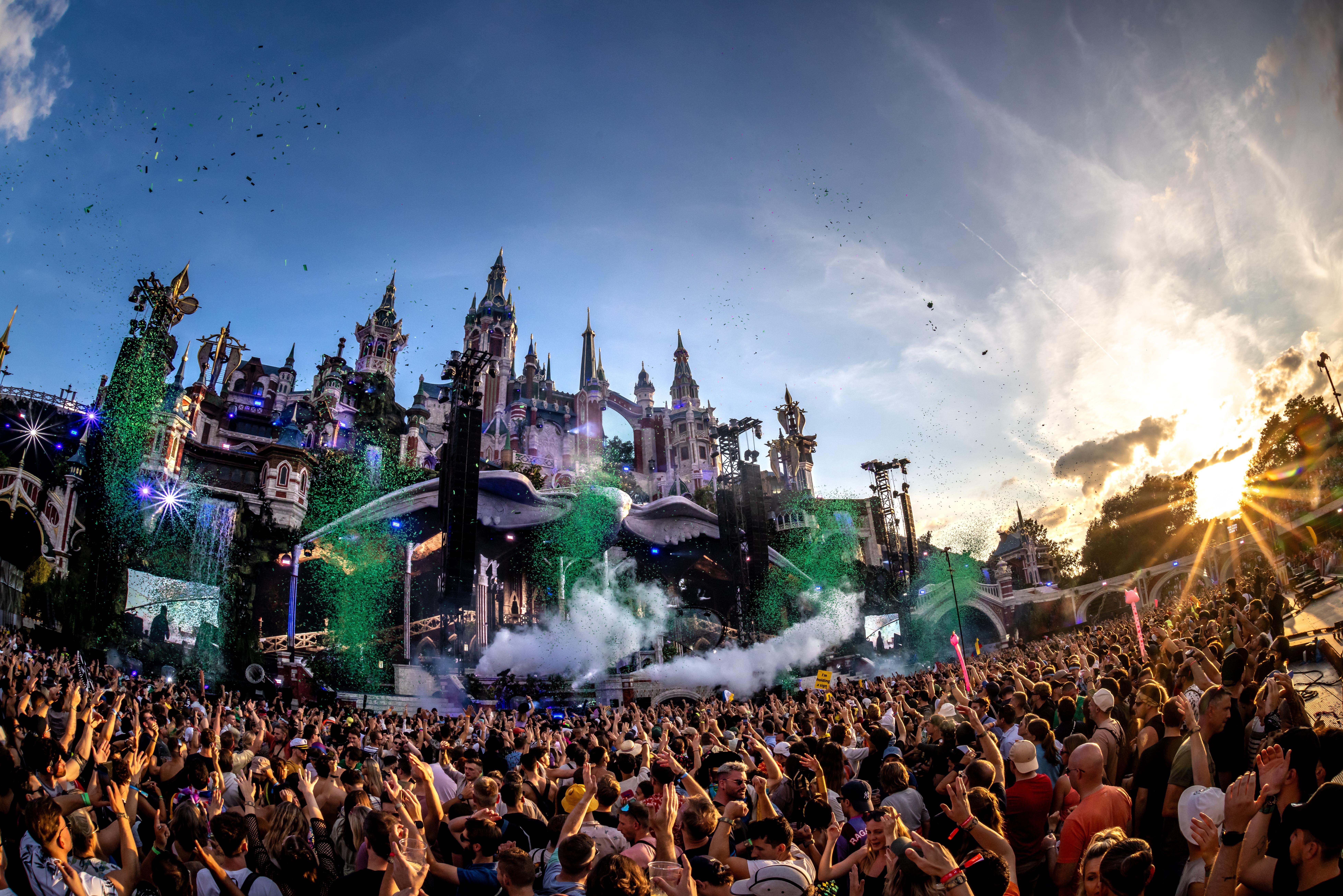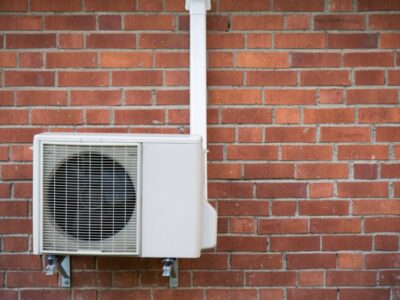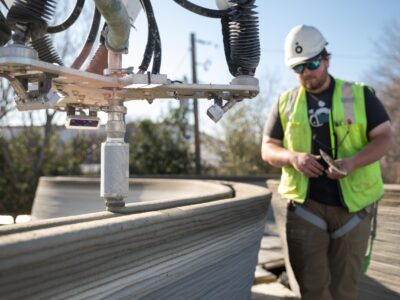Tomorrowland is one of the biggest EDM festivals in the world. It annually hosts nearly 400,000 people as ravers from across the globe trek to Boom, Belgium, to see some of the best DJs play joyful music against backdrops like a magic castle, and that’s just the main stage.
With several stages and small venues at the music event, it raises a question for eco-activists: how sustainable is Tomorrowland? Electronics for these shows use a lot of energy, and Boom welcomes a large population of tourists, some of whom travel overseas, for two weekends in July. How do festival organizers combat these issues?
Carbon Emissions Challenge
Tomorrowland’s biggest problem is its carbon footprint. The stage lights, speakers, DJ decks, pyrotechnics, fog machines, and air conditioning all require a lot of energy.
Last year, Belgian consultancy firm Tapio conducted a Tomorrowland carbon emission analysis.
The report suggests that the 2023 festival produced around 150,000 metric tons (165,000 American tons) of carbon dioxide, with 79% coming from travel.
Another 21% came from festival meals that went to waste. The emissions are equivalent to 9,300 Belgian citizens’ yearly footprint.
Action is needed to reduce the festival’s emissions. The problem is that the festival’s international nature makes it harder to sequester all carbon emissions from travel. Most attendees are Europeans who travel by train, but all other internationals — the Americas, Asia, and Australia — must fly.
Festival Cleanups
In the wake of the carbon question, Tomorrowland has focused on other aspects of climate activism. Founded within the Tomorrowland organization in 2022, a nonprofit called Love Tomorrow has been leading these efforts. Not only does it sponsor festival cleanups and sustainability, but it also holds conferences and talks with ESG figures to develop more sustainable solutions. Many initiatives center around waste reduction, water conservation, and social inclusion.
Photo Courtesy Tomorrowland
The festival sits on the De Schorre river, and many items trickle into it. A River Cleanup group keeps the festival grounds clean when all the partying ends. Workers will clean up the river the Monday after the festival concludes, clearing it of litter like straws, cans, bottles, cigarette butts, and larger items like bicycles. This initiative, launched in 2019, completed its first cleanup in 2020, pulling 150 kilograms (330 pounds) of waste from the river in its first year of operation.
Tackling Water Consumption
Major festivals now have hydration stations for attendees. Tomorrowland has implemented a sustainable solution here, too. The Waterbar by BOSAQ provides active hydration for festival-goers with locally sourced drinking water. BOSAQ is a circular water company based in Belgium. The stations, launched in 2019, are powered by renewable energy to purify the water through a membrane technology. It is significantly less impactful than flying in water from other sources and cuts out plastic bottles.
Waterville, proposed in 2016, brings water conservation to the Dreamville campgrounds. There are splash fountains people can use to “bathe” or cool off during the day.
Tomorrowland considers Waterville “a living lab” where they harness real-time data about Dreamville’s water consumption.
The official launch occurred in 2018 as the festival works to hit 20% water savings from local sources. Tomorrowland believes they can apply this technology to urban water supplies for more transparent water consumption.
Waste, Recycling, And Reuse
Tackling physical waste has been easier than water conservation. The Recycle Club, born in 2015, is another Dreamville-centric initiative encouraging proper waste disposal for campers. Collectors will go around to pick up stray trash and help sort it into the correct bins.
Additionally, the Calyx FlowerBins offer educational signs to tell campers where to throw away waste. As of 2019, 80% of Tomorrowland’s waste is disposed of correctly. Forty volunteer Recycle Backpacks also roam the grounds, collecting empty cups and cans. The waste is later transformed into sustainable products.
Photo Courtesy Love Tomorrow
Camping equipment also has a circular economy solution.
Camp2Camp launched in 2016 to create efficient, ecologically friendly, and socially uplifting campgrounds. Tents are easy to put up and reuse as many times as possible.
Sleeping bags, camping chairs, and other gear are collected, cleaned, repaired, and redistributed to the camping rental service. It allows international travelers to travel light. Camp2Camp has social inclusion workshops, skill-building seminars, and other programs for vulnerable youth.
Worldwide Issue
Holger Jan Schmidt, general secretary at Yourope, the European Festival Association, told Bloomberg festivals are great for experimenting with sustainable technologies. They “act as a motivator given that they appeal to a large group of young people.”
“Music festivals are like a mini town, in some cases even a mini city, because of their scale,” Teresa Moore, director of eco-nonprofit A Greener Future, also told Bloomberg. “Those events who are already making these changes are ahead of the game. Those who have not started need to get going because otherwise they will find themselves running to catch up.”
Photo Courtesy Tomorrowland
Tomorrowland isn’t alone. More music festivals are grappling with their carbon footprint and waste problems. Some can take more proactive steps in sequestration, even if options are limited.
Bonnaroo in Tennessee has installed an independent solar array to power 20% of the festival. It also has a dedicated cleanup corps. In 2023 Coachella’s waste diversion strategy composted and recycled 298.6 tons. Okeechobee in Florida donates money and uneaten food to local and state nonprofits. Ultra Miami has the Mission: Home initiative, which focuses on waste cleanup and keeping oceans clean. The efforts earned Ultra a blue certification and two stars from The Blue Standard. Joule Case, the portable emission-free battery cell, made a name for powering EDC festivals.
Tomorrowland is massive. Understandably, it hasn’t found a fix-it-all solution to greenhouse gas emissions. The festival’s waste reduction efforts, social inclusion, and water conservation show a commitment to an eco-friendly, socially conscious music experience.





